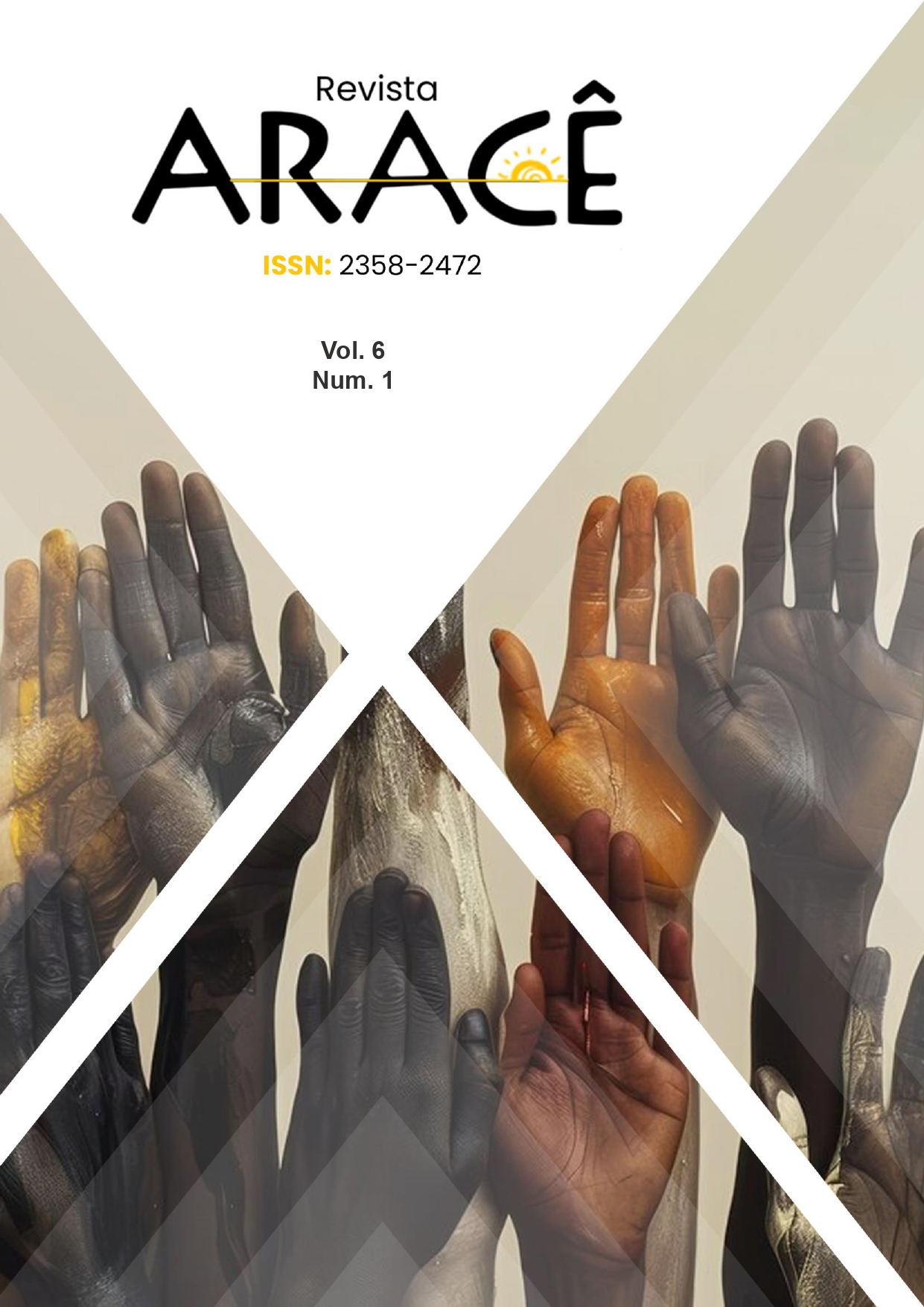EFEITO DA IRRADIAÇÃO TRANSCUTÂNEA SOB A ARTÉRIA RADIAL EM VARIÁVEIS HEMODINÂMICAS DE PACIENTES HIPERTENSOS: ESTUDO CLÍNICO DUPLO CEGO
DOI:
https://doi.org/10.56238/arev6n1-010Palavras-chave:
Fotobiomodulação, Hipertensão Arterial Sistêmica, Variáveis Hemodinâmicas, Laser de Baixa Intensidade.Resumo
A Hipertensão Arterial Sistêmica (HAS) é uma condição clínica multifatorial, com alto índice de morbimortalidade e baixas taxas de controle. Apesar da fotobiomodulação (FBM) ser capaz de induzir uma interação fotobiológica no interior das células e modificar a resposta micro e macrovascular in situ, há uma carência de trabalhos que evidenciem seu efeito sistêmico, principalmente clínicos e placebo controlados. Dessa forma, este estudo teve como objetivo avaliar os efeitos modulatórios no controle da pressão arterial de pacientes hipertensos após a fotobiomodulação transcutânea da artéria radial. Para tanto, 44 participantes foram randomicamente divididos em 4 grupos, sendo um grupo irradiado por 60 minutos diários, por 5 dias, sendo repetido após 20 dias com total de 3 ciclos (Grupo A), e seu respectivo placebo (Grupo B); o terceiro grupo foi irradiado por 30 minutos diários, por 10 dias, sendo repetido após 20 dias, também totalizando 3 ciclos (Grupo C), e seu respectivo placebo (Grupo D). Todos os participantes permaneceram com tratamento medicamentoso convencional instituído previamente. Antes das intervenções, após cada ciclo e ao término das mesmas, a pressão arterial e a frequência cardíaca foram medidas. Antes e ao término das intervenções foram coletadas amostras sanguíneas para medição das interleucinas 6 e 1beta. Análise estatística foi realizada para comparação entre os grupos em cada fase do tratamento, com = 0,05. Efeitos modulatórios foram evidenciados no controle da pressão arterial de pacientes hipertensos após a fotobiomodulação. O grupo A apresentou melhor resposta para diminuição das variáveis hemodinâmicas do que o grupo C. O atendimento multidisciplinar pode ter aumentado a adesão ao tratamento de todos os participantes, inclusive dos grupos placebos, os quais também apresentaram diminuição nos valores das variáveis hemodinâmicas.





